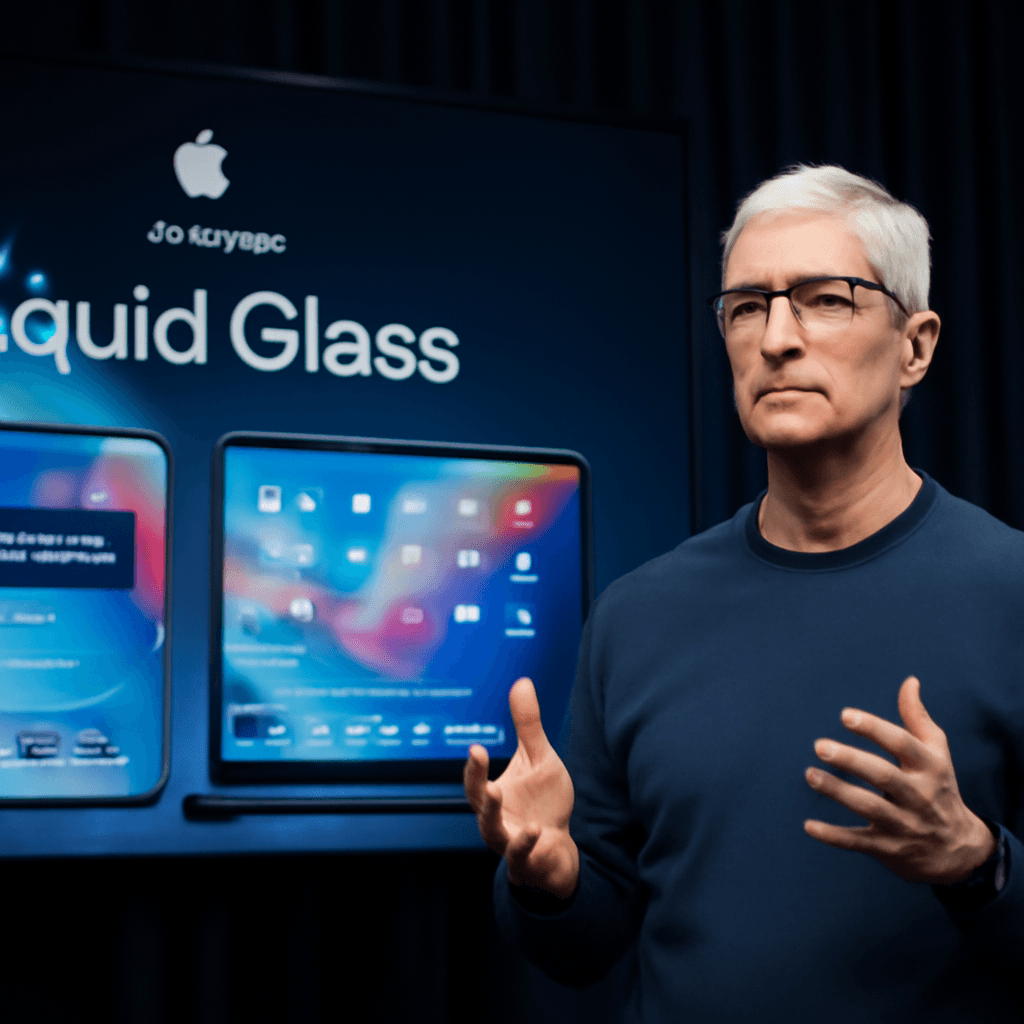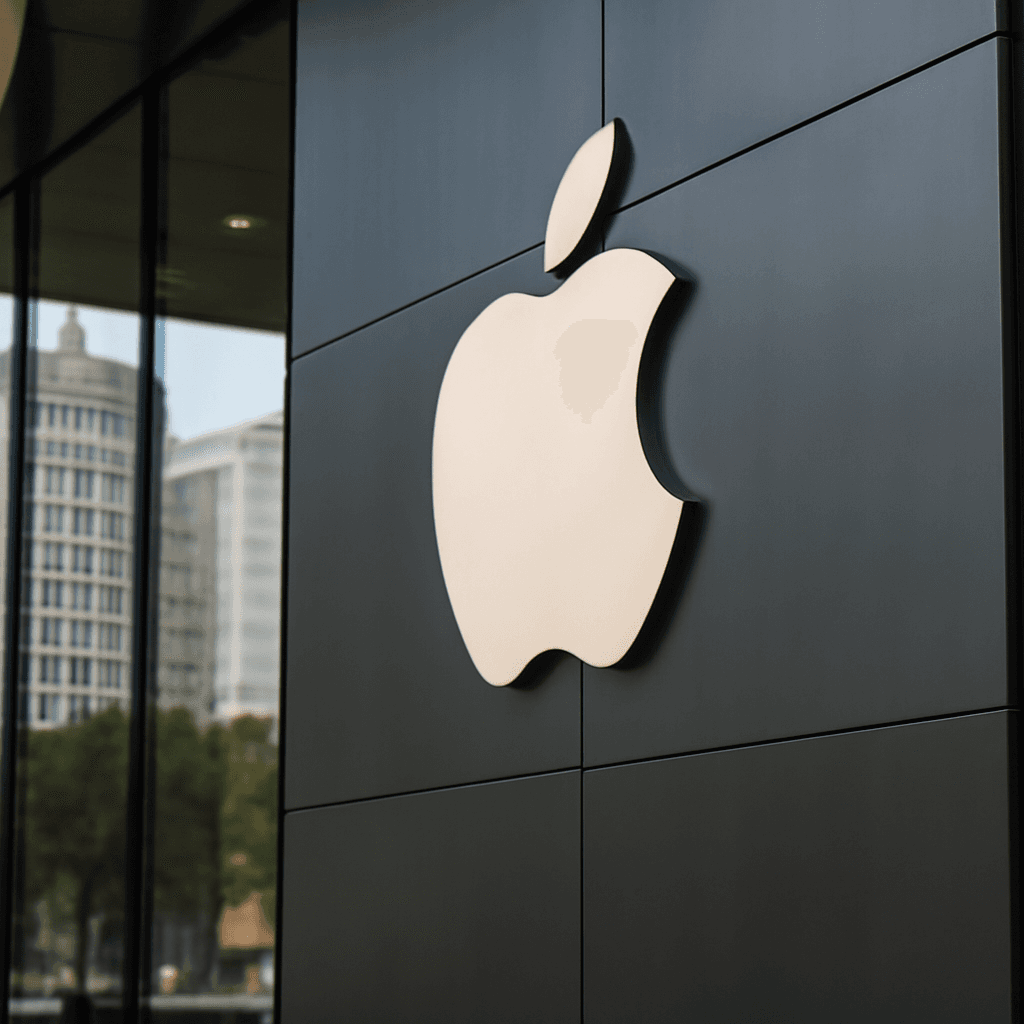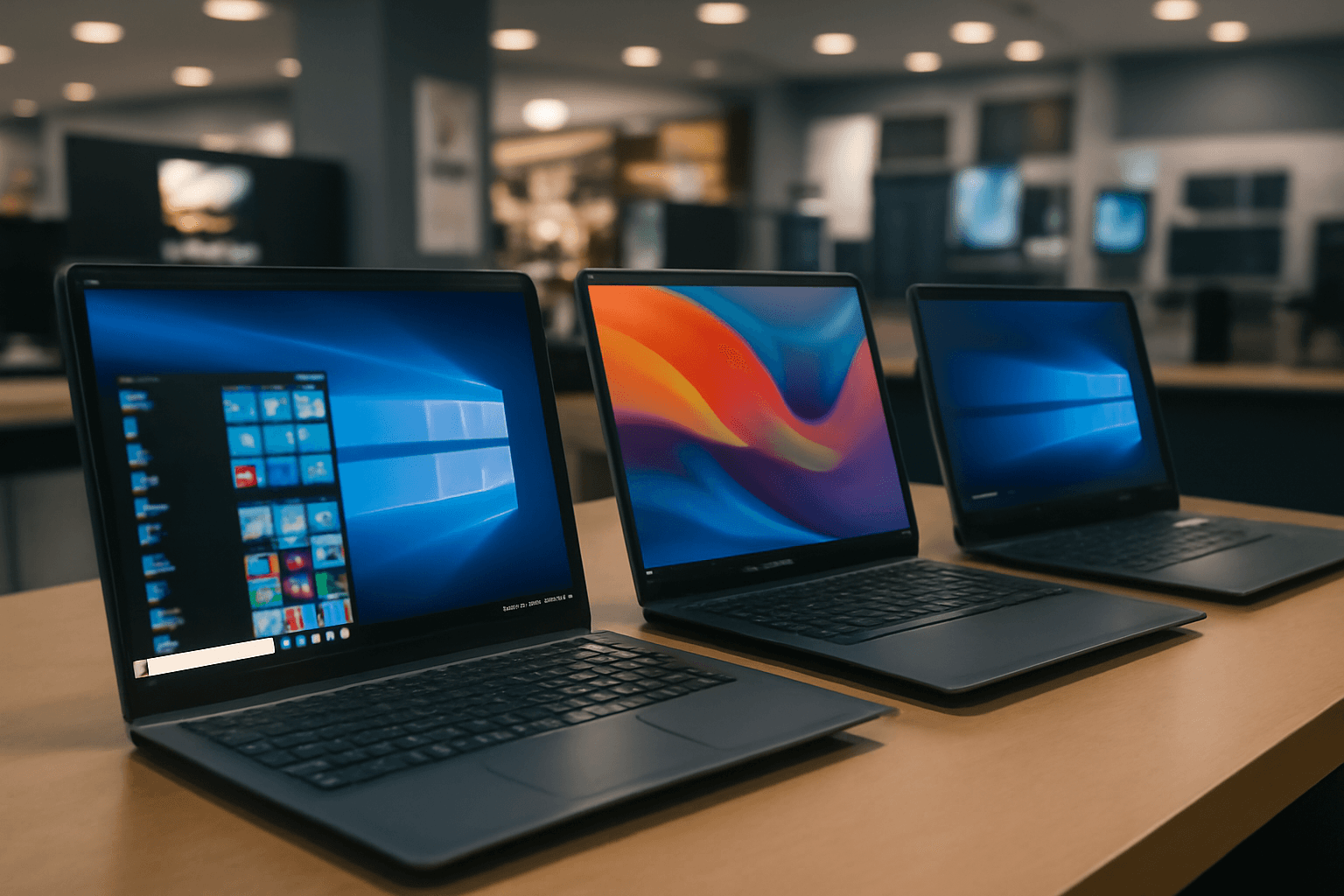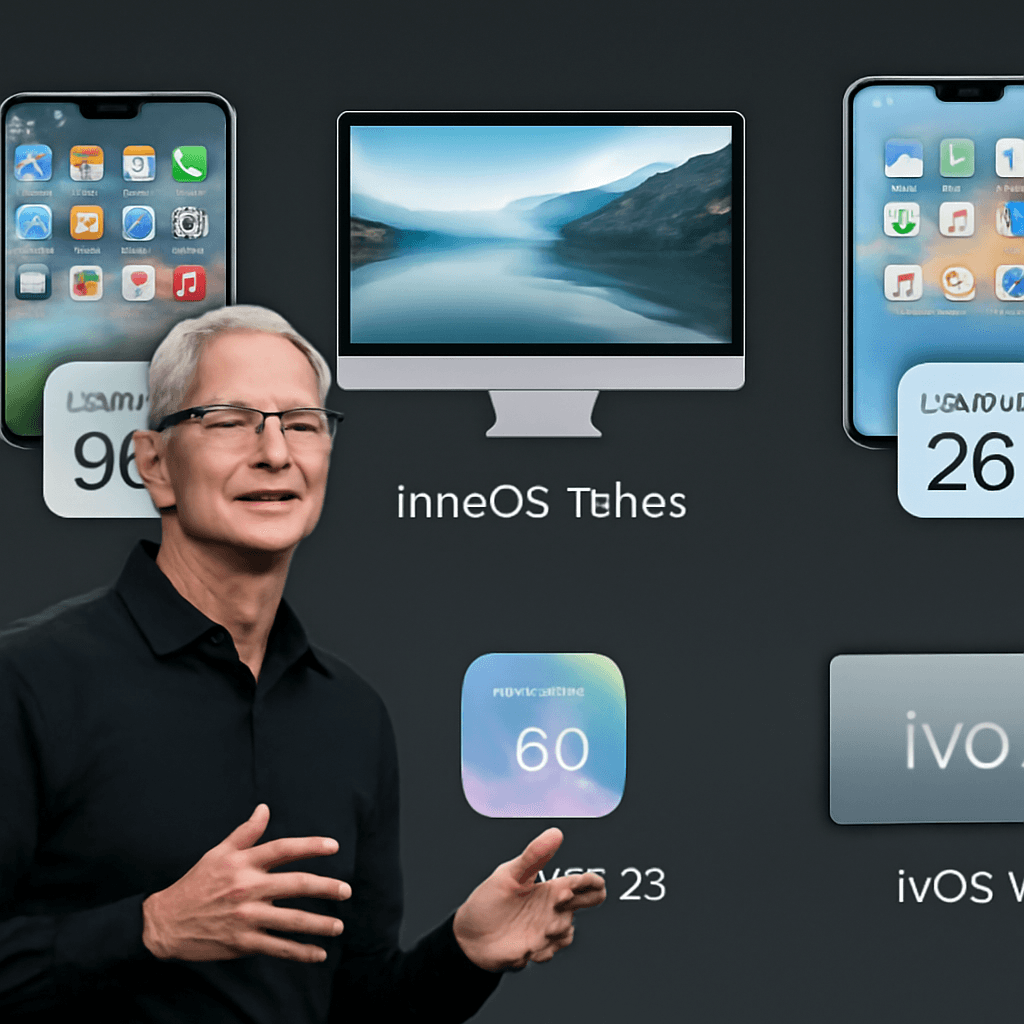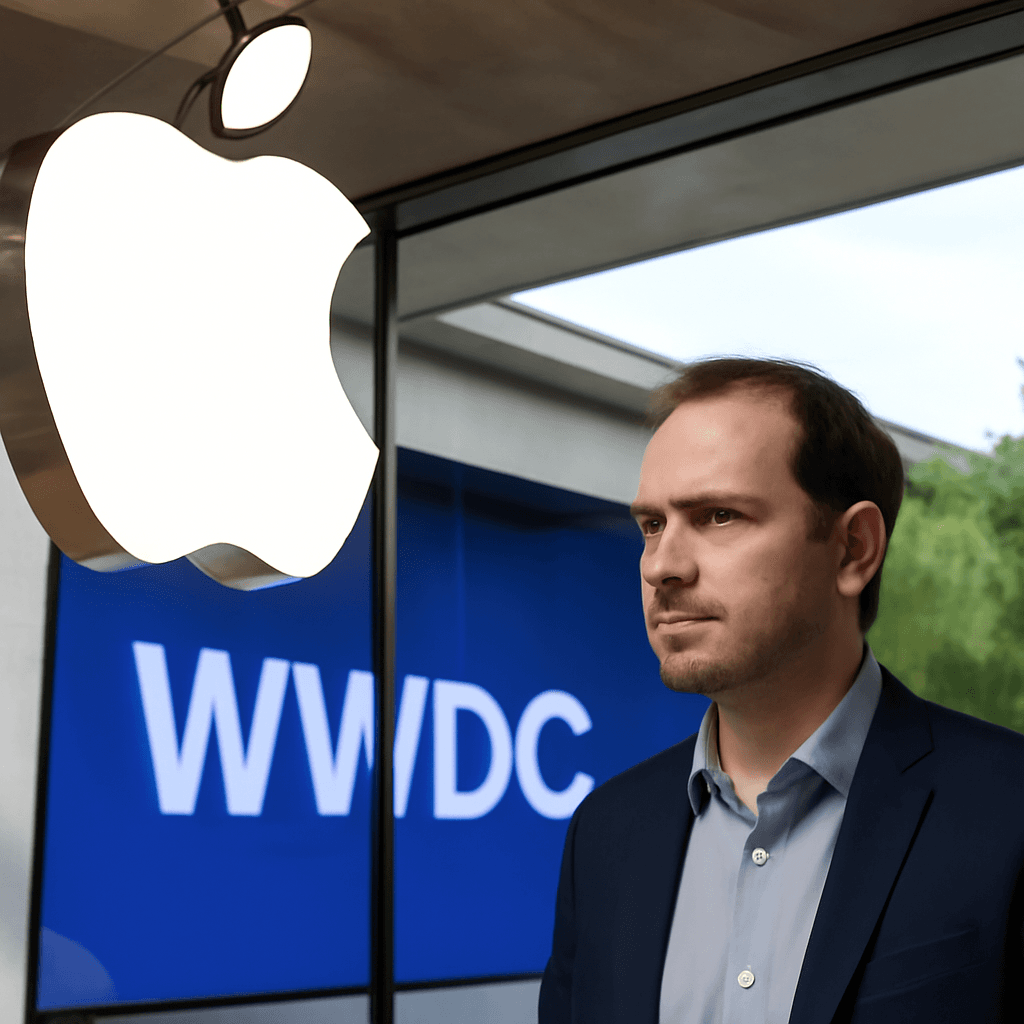Apple WWDC 2025 Delivers Bold Software Redesign, Falls Short on AI Innovations
At its annual Worldwide Developers Conference (WWDC) held on June 9, 2025, Apple unveiled a sweeping overhaul of its software design—its most significant since 2013—while offering only modest advancements in artificial intelligence. This shift in focus offers a fresh visual identity for all Apple devices, from iPhones and MacBooks to the Vision Pro VR headset. However, the AI updates left industry observers wanting more.
The Long-Awaited 'Liquid Glass' Design Language
Apple introduced “Liquid Glass,” a new design language that emphasizes transparency, fluidity, and seamless interactions across its operating systems. This design offers glass-like lock screens, buttons transformed into sleek “glass pills,” and smooth sliding animations that breathe new life into user interfaces.
Users will notice curved corners replacing sharp edges in windows, creating a more natural, immersive look that matches device contours. Inspired by VisionOS powering the Vision Pro headset, Liquid Glass taps into the power of Apple Silicon chips, which have matured enough to support such advanced visuals.
According to Apple’s software chief, these changes aren’t just cosmetic; they enhance the sensory experience of using Apple devices in ways previously only imaginable.
Rolling Out Across All Devices
- iPhone with iOS 26
- iPad with iPadOS 26
- Apple Watch with WatchOS 26
- Apple TV with tvOS 26
- Vision Pro headsets with Vision OS 26
This update arrives with the shift in Apple's operating system naming convention—moving from sequential numbers (like iOS 18) to the release year (iOS 26), simplifying version tracking for users and reinforcing the expectation of annual software innovation.
Artificial Intelligence: Incremental, Not Revolutionary
Despite high expectations fueled by competitors' AI breakthroughs, Apple’s WWDC 2025 showed only incremental AI improvements.
Previously hyped features, such as Apple Intelligence—Apple’s take on conversational AI akin to ChatGPT—remain delayed without a clear release date. Apple reaffirmed its intention to launch these capabilities within the coming year but stopped short of providing fresh details.
One notable AI enhancement integrates OpenAI’s image generation into an Apple app, enabling users to send iPhone screenshots to ChatGPT. The AI can then summarize text blocks or interpret image content, bridging new interactive possibilities.
Breakthroughs in Language Translation
Among the more tangible AI features is a real-time phone call translator that converts spoken sentences between languages instantly. This system uses on-device AI processing, removing the need for internet connectivity and ensuring privacy and speed.
Market Reactions and User Sentiments
The stock market response was swift but subdued, with Apple's shares dipping by 1.2% amid investor impatience for more revolutionary AI developments. Analysts remarked that many AI features reflected catch-up efforts rather than groundbreaking innovation.
Online communities showcased mixed reactions. Some praised the elegant new design look, while others drew parallels to OS aesthetics from years past. Regardless, the software redesign signals Apple's commitment to evolving the user experience and leveraging its growing silicon strength.
Looking Ahead: A Balance of Design and Tech Integration
While artificial intelligence took a back seat this year, Apple’s renewed emphasis on design and user experience sets the stage for a compelling ecosystem that seamlessly blends hardware and software. As users prepare to beta test iOS 26 this summer, the anticipation builds around how Liquid Glass will transform daily interactions with Apple devices.
In the competitive tech landscape, Apple's strategy highlights patience and quality over rushing AI dominance, betting on powerful, polished user experiences as its hallmark.

